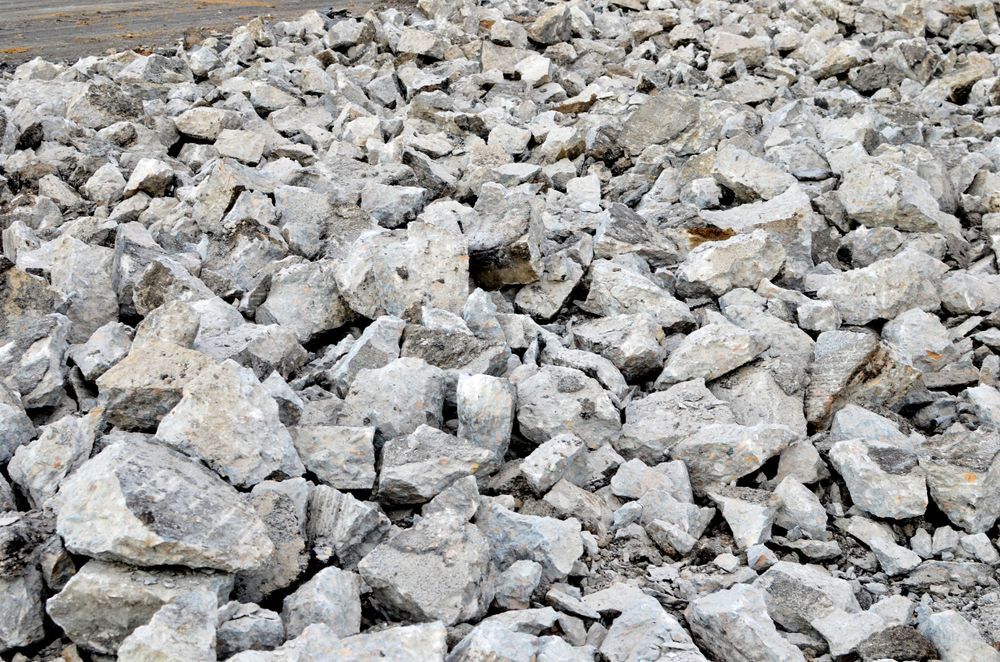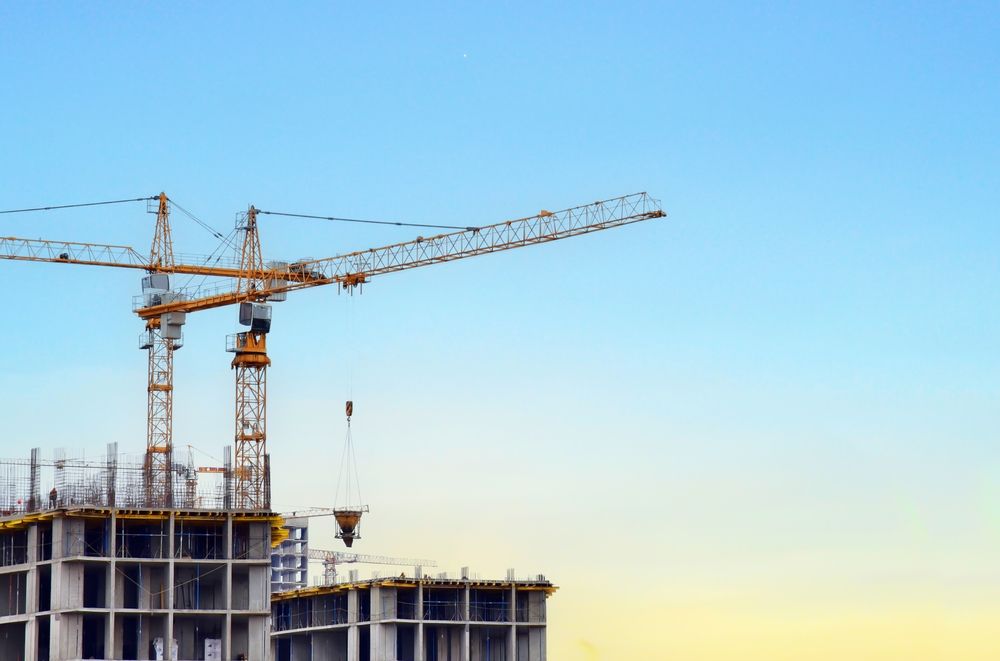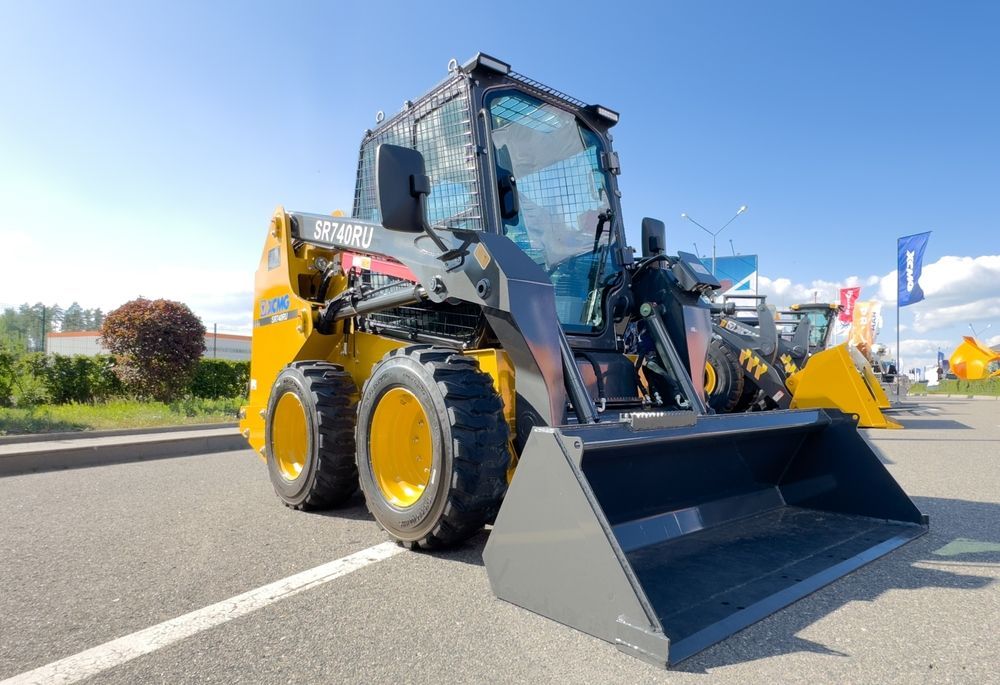Differences Between Deconstruction and Demolition
Share this article:
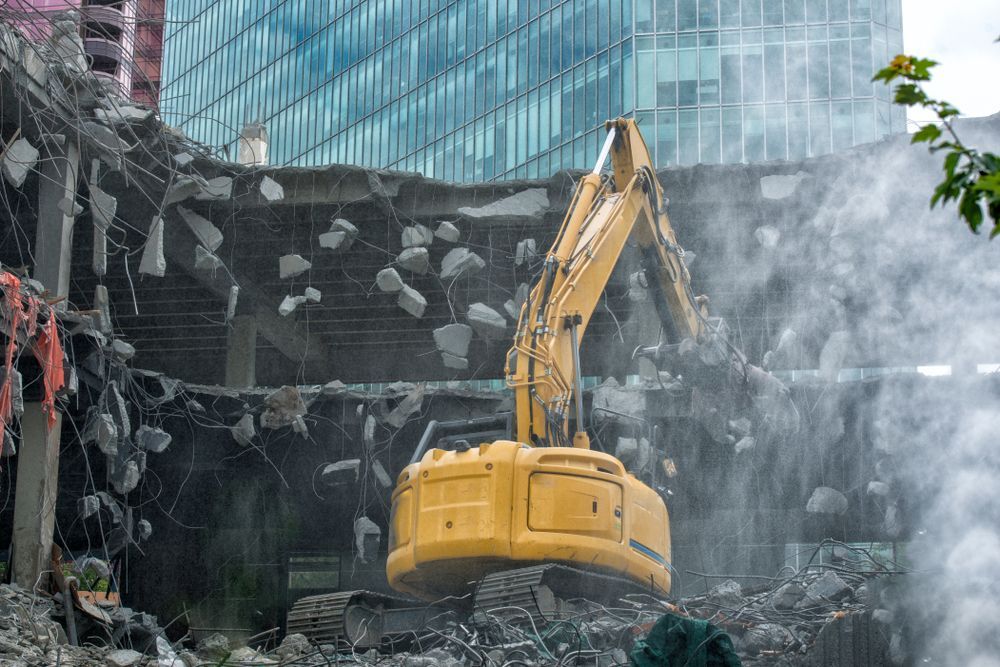
Deconstruction vs demolition – do you know what they are, the key differences between each, and how and when each should be used? While they may seem like they’re similar practices, they have some key differences – and knowing what they are and when to use them is crucial to deciding which one to use for your objective.
In this post, we’ll spell out the key differences between deconstruction and demolition and talk about when each practice should be utilized. Here’s a closer look at what you need to know:
What is Deconstruction?
Deconstruction is essentially demolition – but slower. As the name implies, deconstruction is essentially construction in reverse. Rather than constructing a building piece by piece, deconstruction is the practice of dismantling it piece by piece. However, one of the key objectives of any deconstruction job is to salvage as much of the building materials as possible for either recycling purposes or to use them in future developments. Deconstruction has actually become more popular over the last several decades as more firms have been under pressure to construct buildings cheaper and as there’s been a shift in attitude toward more sustainable building practices.
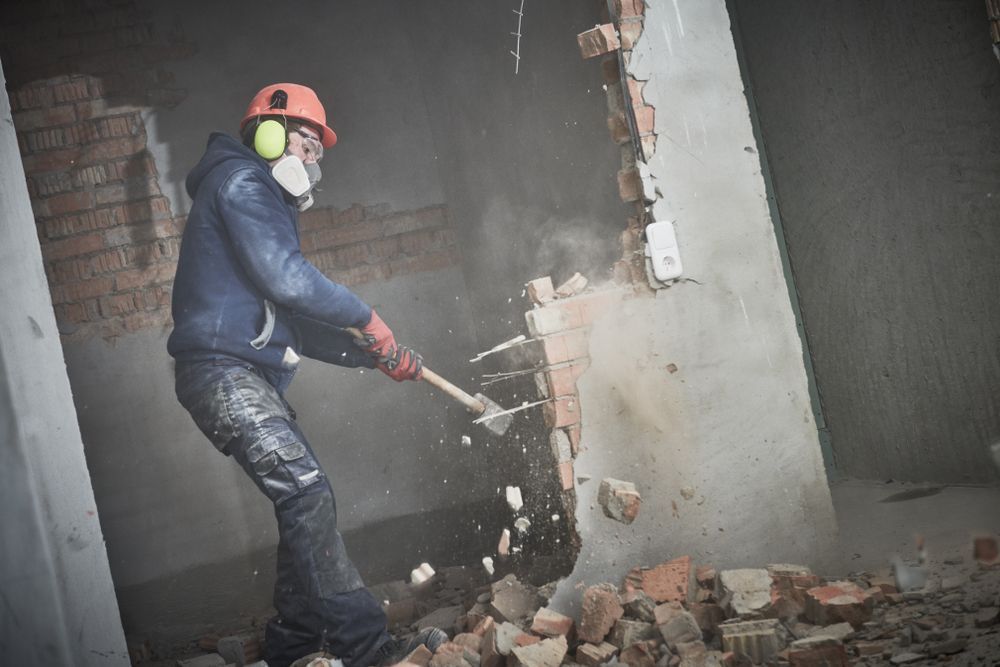
What is Demolition?
Demolition is simply the act of taking down a building or structure without necessarily intending to meticulously assess what parts can be salvaged and which cannot. The main goal of a demolition job is to clear out a building or structure so the land can be utilized for new development or purpose.
There are various
different types of demolition. There’s an implosion, where a structure is laced with explosives and detonated, bringing the entire building down within seconds. There’s partial demolition, where a crane or bulldozer works to only take down a portion of a building. Many firms will use heavy-duty equipment like cranes and wrecking balls to take down a structure (not to mention any parking lots or garages, walkways, and other foundations that are associated with it).
How are They Different?
As we’ve noted in the previous sections, demolition and deconstruction are very similar – it’s just that deconstruction has the added step of working to salvage many of the building materials that are removed during the takedown of a structure. And that also happens to lead to one of the biggest differences when it comes to deconstruction vs demolition: time. Because of this added step of salvaging and recycling materials, deconstruction tends to be a much longer and more tedious process than demolition. Though proper planning is involved in both practices, a building can be demolished within seconds if it’s imploded. But if you’re serious about recycling and salvaging materials, deconstruction is a process that can take several weeks to several months, depending on building size.
Here’s a look at some other key differences between deconstruction and demolition:
- Cost: Because the project tends to extend beyond the timeframe of a demolition job, deconstruction typically costs more.
- Aside from the added timeline and cost, deconstruction has a variety of benefits. For one, it helps keep building materials out of landfills. And recycled or upcycled building materials reduce greenhouse gas emissions, which are a byproduct of manufacturing new building materials. It’s estimated that up to 90 percent of all construction and demolition waste stems from demolition work, a number that can be reduced when deconstruction is administered over demolition. This is especially true when estimates indicate that at least 75 percent of building materials are likely able to be recycled.
- Specialized labor: In addition to higher costs and extended timeframes, deconstruction work also tends to require more specialized workers to carry out jobs. Removing salvageable items like molding, windows, doors, and more often has to be done by hand – and in a way where damage is not incurred during removal. It’s important that workers perform deconstruction while remaining safe. The risk of injury is often higher in a building that’s coming down versus one that’s being built up.
- Safety: Some buildings that are damaged or structurally compromised may not be safe for a deconstruction job and better suited for demolition.
While there are some key differences between deconstruction and demolition, it’s also worth noting that many demolition contractors have refined their processes to minimize the amount of waste from projects that enter landfills. This is done by more strategic planning of demolition activities.
When Should They be Used?
Whether to use demolition or deconstruction really comes down to the specific structure and the owner’s preferences. For instance, some of the common building materials that can be reused or recycled include the likes of bathtubs, doors, windows, sinks, vanities, cabinets, molding, stonework, lumber, appliances, copper wiring, piping, and more. In a building that’s ripe with such materials, deconstruction may be the better option.
Deconstruction is also a better option if the owner is willing to be patient with the dismantling of the structure. Because deconstruction is more meticulous and often takes much longer than demolition, there’s a degree of patience that’s necessary – and not just from the owner, but from the community as well.
The bottom line is that
demolition tends to be the preferred method if an owner wants to raze a structure quickly. Deconstruction is the preferred method if an owner wants to raze a structure and recycle or upcycle as many materials as possible for future developments.
Contact Alpine Demolition Today
For more information on the key differences and similarities in deconstruction vs demolition, contact us at Alpine Demolition today. As experts in all-things demolition, we always work hand-in-hand with owners and contractors to select the best type of demolition method and meet any other requirements for the project – and we pride ourselves on doing it in a safe, effective way. From commercial building demolition to industrial demolition to
interior demolition and concrete crushing, contact Alpine today to learn more about our range of services and specialties.


